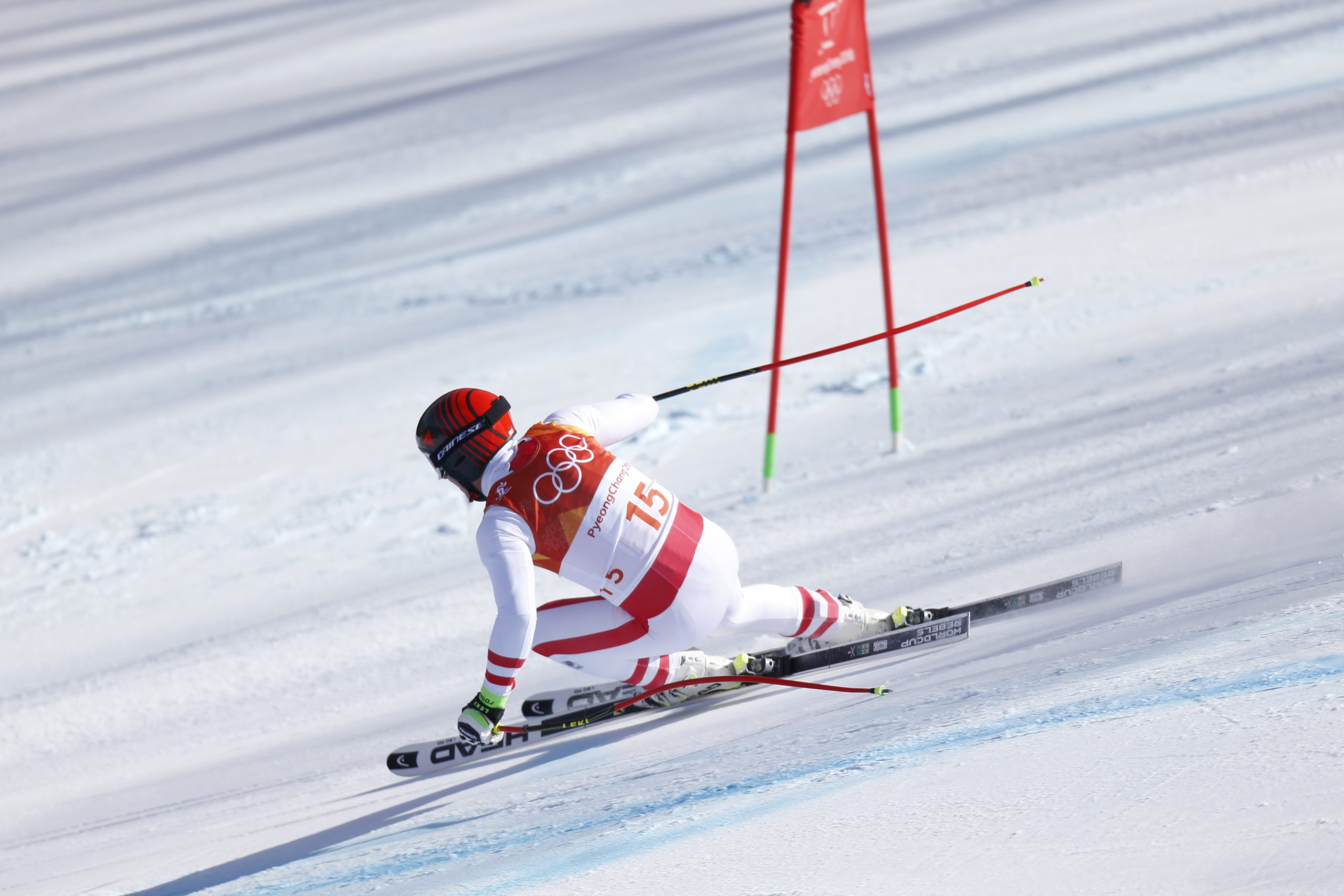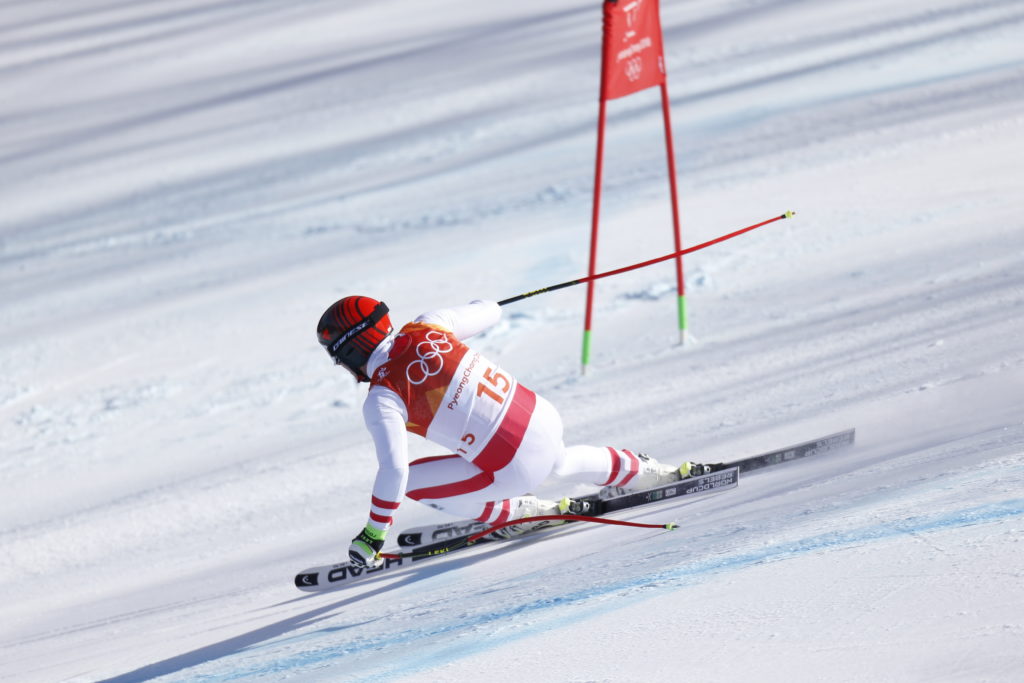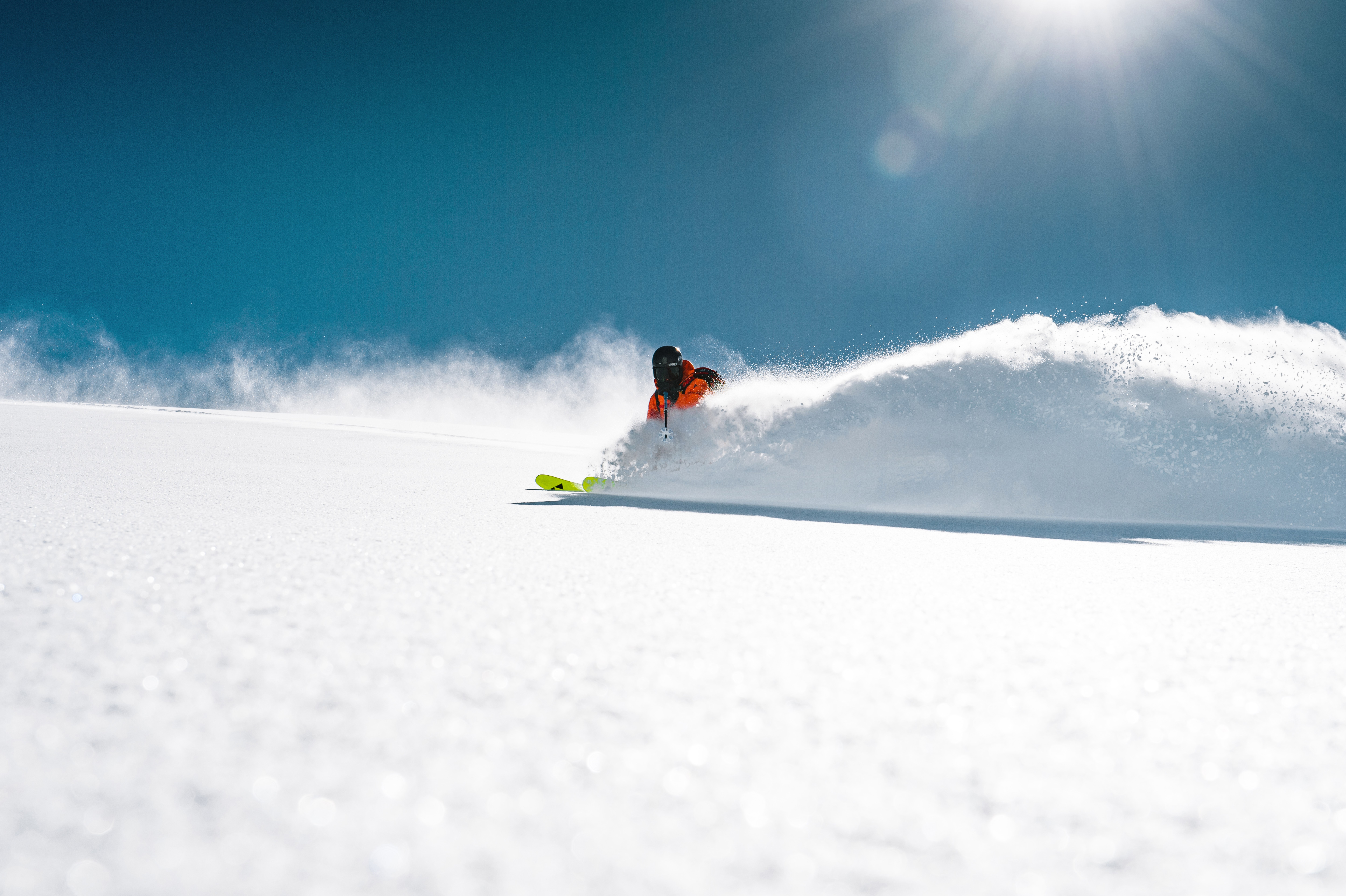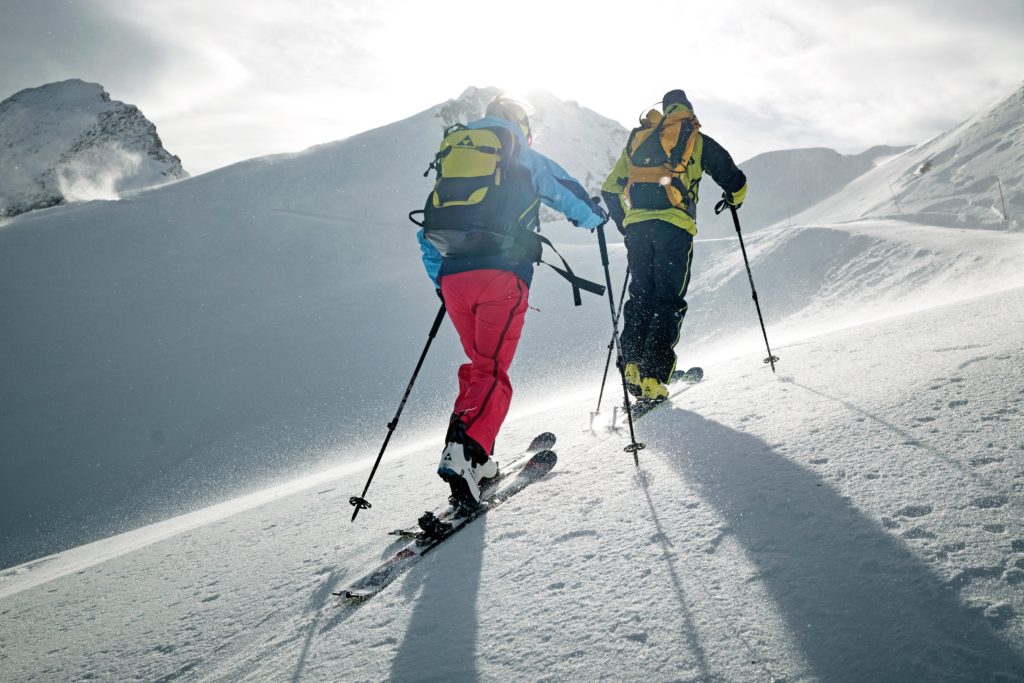How to choose the right skis? And what are the different types of skis ?

It is not always easy to find the ideal skis for your future sessions in the mountains. There are all sorts of skis for all types of practice.
Downhill Skiing :
Downhill skiing, the basis of Alpine skiing, will allow you to make beautiful curves on the piste. It is used on the groomed piste. This range of skis is the most widespread of the Alpine skiing, you can make carved or skidded turns or you can go down the slope in a schuss. This is the ski that everyone goes through to learn the basics of Alpine skiing.

These skis are cambered: Classic. They have a fairly narrow width, less than 86mm, which will allow maximum grip on the piste.
This practice very often leads to competition for people with a very good level.
Racing Skiing :
Racing Skiing is a derivative of classic downhill skiing, studied for speed and discipline (Slalom, Giant …) it is distinguished by its form but also by its technology.

Short Skiing :
Much shorter than traditional downhill skiing, Short-skiing is generally more fun on gentle slopes. Its use will be very limited due to its size. A good solution to discover skiing without getting overwhelmed. The sensations felt remain far from those of downhill skiing. It is much less stable and reliable. One of the only assets of this ski is its bindings which systematically release the boots in case of a fall.
Freeride skiing :

Unlike downhill skiing, Freeride skiing will aim to be skiable on the rest of the resort area, in the most snowy off-piste areas in search of the best powder. Often recommended for good skiers, these skis allow you to explore the slopes of the mountain. In return, they require a good knowledge of the mountain and the risks it harbours. The level of technical skill required remains high.

There are several types of freeride skis like the 60% powder, it has a wider skate width than the piste ski, designed for fresh snow and powder. In addition to a big rocker at the front they often have one at the back to make the ski more controllable in off-piste conditions.

You will also find 80% powder skis, they are the widest skis on the market, they allow you to float on deep snow.

Freestyle Skiing :
Skis designed for jumps, tricks and Snow Park. They are double-tip skis allowing you to ski in both directions (switch drive) without any worries. They will also allow you to go into Half-Pipes.


For the Half Pipe, choose a classic cambered ski for their grip. For the flat ski or the modules, choose a double rocker, bi-spatula ski.
All-mountain Skiing :
This ski, as its name indicates, is an all-purpose ski, allowing it to be used on packed snow, trafolated snow or even in powder snow. They will allow you to play between off-piste and on-piste.
If your goal is to be able to enjoy the entire resort and if your level allows it, opt for this type of ski. It will naturally be wider than the piste ski and will be equipped with a spatula rocker. This shape of spatula allows the ski to go back up to the surface more quickly in the powder. The rocker will also be useful on the piste to allow you to make manoeuvres.

To help you in your choice of All-Mountain skiing, bear in mind that wider the ski is, the more it will float in powder, but it will be more difficult to manoeuvre on the piste. It’s up to you to find the right compromise between a versatile ski, oriented 70% piste / 30% off-piste and a 50% / 50% ski.
The advantage of All-Mountain skiing is that you only need one pair of skis for several uses.
Touring Skiing :

This type of skiing is dedicated to the enduring skier who loves discovery. It is a derivation of Alpine skiing, it has an articulated binding which releases the heel in walking mode. In this practice you have to go up the slopes and to do so you need sealskins which provide the anti-backward effect. When your ascent is complete, all you have to do is lock the bindings and descend while enjoying the scenery.
As with freeride skis, there is a variation depending on the width and the final practice.
The light Touring Skiing :
Narrow and very light ski for fast climbs.
The multi-purpose Touring Skiing :
A fairly light ski which can be used on piste as well as off-piste. Ideal if you are looking to ski away from the resort and if you are looking for unique panoramas.
The FreeTouring Skiing :
A wider ski that joins Freeride skiing, more powerful, it will allow you to make descents in the powder.